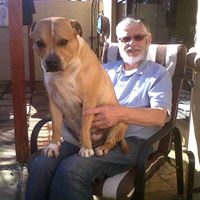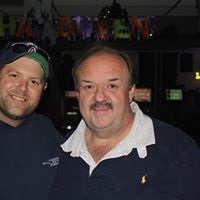Astronomer Sir William Herschel had which of these named after him?
Frederick William Herschel, KH, FRS (German: Friedrich Wilhelm Herschel; 15 November 1738 – 25 August 1822) was a British astronomer and composer of German origin, and brother of fellow astronomer Caroline Herschel, with whom he worked. Born in the Electorate of Hanover, Herschel followed his father into the Military Band of Hanover, before migrating to Great Britain in 1757 at the age of nineteen.
During his career, he constructed more than four hundred telescopes. The largest and most famous of these was a reflecting telescope with a 491⁄2-inch-diameter (1.26 m) primary mirror and a 40-foot (12 m) focal length. Because of the poor reflectivity of the speculum mirrors of that day, Herschel eliminated the small diagonal mirror of a standard newtonian reflector from his design and tilted his primary mirror so he could view the formed image directly. This design has come to be called the Herschelian telescope. In 1789, shortly after this instrument was operational, he discovered a new moon of Saturn: Mimas, only 250 miles in diameter. A second moon followed within the first month of observation. The "40-foot telescope" proved very cumbersome, and most of his observations were done with a smaller 18.5-inch (47 cm) 20-foot-focal-length (6.1 m) reflector. Herschel discovered that unfilled telescope apertures can be used to obtain high angular resolution, something which became the essential basis for interferometric imaging in astronomy.
More Info:
en.wikipedia.org











